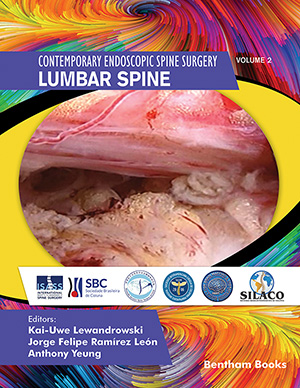Abstract
Degenerative spondylolisthesis is a common problem in the elderly. The
associated spinal stenosis in the central canal and the foramina may cause sciatica-type
claudication symptoms affecting the lower back and extremities. Walking endurance is
typically reduced. Eventually, patients may decide on surgical decompression if
conservative care measures, including spinal injections, physical therapy, activity
modifications, and pain medication, no longer provide relief. In the elderly, extensive
spine surgery is always of concern regarding operation length, blood loss, postoperative
pain management, and medical comorbidities whose management may easily spin out
of control following major spine surgery. In a small subset of spondylolisthesis
patients, decompression alone may suffice, particularly in those where the spinal
motion segment has become rigid due to endstage degenerative disc disease, vertical
collapse, and auto fusion. On the other hand, stenosis is often severe in these types of
patients, for which reason extensive decompression may be necessary, and
postoperative iatrogenic instability may ensue. In this article, the authors present the
technique of endoscopic canal and foraminal decompression in patients with such
advanced spondylolisthesis. They discuss the technical caveats and limitations of the
procedure.
Keywords: Degenerative spondylolisthesis, Endoscopic decompression, Spinal stenosis.






















